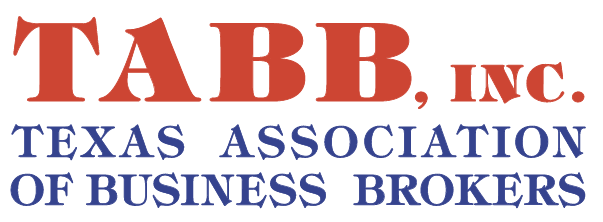
Interest rates are all over the economic news. Different and confusing interest rate benchmarks sometimes create bewilderment.
In an effort to add a bit of clarity, the three benchmark interest rates we’ll discuss in this article are (1) the Federal Funds Rate, (2) the average lending rate for bank customers, and (3) the prime rate.
Federal Funds Rate
The Federal Funds Rate is the interest rate at which banks lend money to each other overnight in order to meet the reserve (liquidity) requirements set by the Federal Reserve. Banks with a surplus of funds can make a few bucks by lending money overnight to banks that need to boost short-term liquidity to meet federally set minimums.
The Federal Funds Rate is set by and is a tool used by the Federal Reserve to implement monetary policy and influence the overall level of interest rates in the economy.
By adjusting the Federal Funds Rate, the Federal Reserve can affect borrowing costs for consumers and businesses, which in turn can influence spending, investment, and economic activity.
Lowering the federal funds rate encourages borrowing and spending, stimulating economic growth, while raising the rate can help combat inflationary pressures by reducing borrowing and spending, which is the phase of the economic cycle we’re currently experiencing.
The Federal Funds Rate is, without question, the most important benchmark rate upon which all other interest rates hinge. Your car loan, your home mortgage, and your return on Certificate of Deposits are all directly related to the Federal Funds Rate.
As this is being written in June of 2023, the Federal Funds rate is 5.25 percent.
Average Lending Rate
The average lending rate is not an official benchmark, and is used in this article as an attempt to explain what rate you could expect if you walk into your bank to apply for a loan.
Most banks try to maintain at least a three percentage point spread above the Federal Funds Rate. So currently, you could expect to pay 8.25 percent interest, or most likely something a bit north of that.
Prime Rate
The prime rate is the interest rate that commercial banks charge their most creditworthy customers, typically wealthy individuals, large corporations or governments. Today, the prime rate is hovering around 8 percent.
In Conclusion
The Federal Reserve System has learned quite a lot in recent dacades about successfully managing the United States economy, particularly in the aftermath of the Great Recession of 2008 and 2009. The Fed’s management skills are much improved today. Their corrections are more timely and expertly applied.
Interest rates are a key tool in the Fed’s toolbox, which is why we’ve heard so much lately about rates in the current economy.
X X X

















That was a nice quick breakdown of the interest rates in the U.S. and very informative. Thank you.
Phillip, thanks for dropping in and for your kind words. -Will